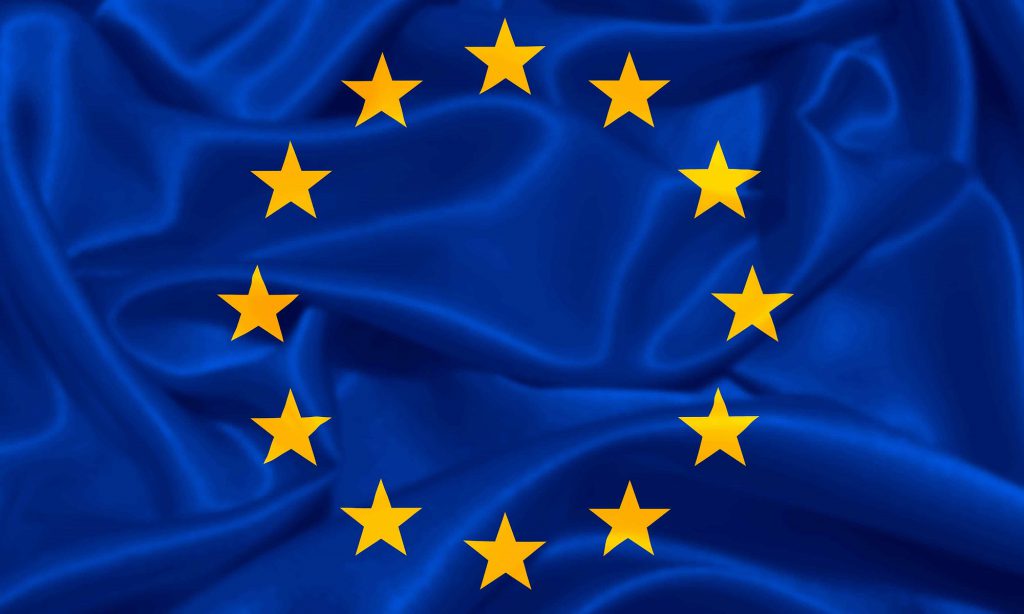At present, a U.S. passport grants entry to European nations for stays up to 90 days, but this is about to undergo a significant shift. To enter any of the Schengen-zone nations for short stays beginning in 2024, Americans will need a European Travel Information and Authorisation System (ETIAS) visa waiver. Before giving applicants travel authorization to 30 European nations, ETIAS performs background checks on individuals to detect possible security hazards, similar to its American equivalent ESTA.

ETIAS application and cost
According to ETIAS.com, once the ETIAS application is accessible online, it should just take ten minutes to complete. Applicants aged 18-70 with a valid passport, email, and a debit/credit card (for the 7 euros nonrefundable fee) are eligible to apply for this process. Even though they won’t be taxed, anyone under 18 and over 70 must still have authorization. There are no extra fees associated with the program. The duration of the ETIAS travel permission is three years or until the expiration of the US passport, whichever occurs first. A valid authorization must always be maintained for entry and exit, and the stay is limited to 90 days within any 180 days while in the country.
Authorization process
The ETIAS application will be processed right away after online submission using the applicant’s passport personal information and response to a series of security and health-related questions. In 96 hours or less, the applicant will receive an email confirming the approval of their authorization. While most applications are swiftly processed, a small percentage may take up to four weeks if additional information or evidence is required. US passport holders won’t be allowed to enter a nation in the European Union if their ETIAS hasn’t been authorized yet and they don’t have any other travel permission.
A visa exemption
ETIAS is a requirement for travelers without a visa and is different from requirements for visas, much like the U.S. Electronic System for Travel Authorization (ESTA). A better description would be to call it a “visa waiver”. Similar to the ESTA, the ETIAS is a travel permit for anyone visiting Europe without a visa. Before being allowed to enter the EU, these travelers will go through extra security procedures under the authorization. In other words, only tourists who do not need a Schengen visa will be prescreened by ETIAS. Citizens from visa-liberalized countries like the US can visit the EU visa-free by obtaining travel authorization through ETIAS before their journey, simplifying the entry process. Visa-like requirements are not reinstated by an ETIAS travel permission. There is no need to visit a consulate to apply, no biometric information is taken, and far less information is acquired than is required for a visa.
Launch
The implementation of Europe’s new tech-driven Entry/Exit System (EES), which will monitor travelers as they traverse borders, is a need for the introduction of ETIAS. In October 2023, a revised schedule for the EES and ETIAS systems will be unveiled. Following the implementation of ETIAS in 2024, there will be a six-month transitional phase. The nations that demand travel authorization will be required to alert passengers to the new rules during that period. For the six months, they will be without the authorization, they will still be able to transit international borders. A grace period following the six-month transitional phase will be implemented, but its duration remains undecided. During this period, the ETIAS requirement will persist, except for first-time European travelers post-transition.
Why ETIAS is being used for Americans
Travelers who previously could enter without any background checks are now pre-screened by the system. This makes it possible to identify security risks and keep possibly harmful people out of the area. By supplying information on non-EU citizens entering the area, ETIAS also helps with border control inside the Schengen Area. There is no need for US citizens to worry about the implementation of ETIAS. The authorization registration is simple, and check-in procedures go quickly. At the external Schengen border, your US passport is checked to confirm your authorization. The heightened security of ETIAS will benefit all visitors. You may travel between the various Schengen zone nations without experiencing any further border checks after you have passed the external border.
You may also like these articles:
Getting citizenship in different European countries through marriage
